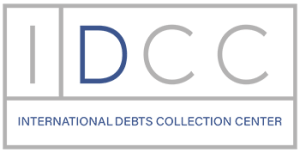From the choice to invest until the final delivery of project outcomes, risk management allows organisations to improve the quality of project management processes and governance. Risk management from best debt collection agencies encourages open communication among all stakeholders and sponsors, as well as the development of realistic approaches, strategies, and project estimates.
We have set ambitiously high standards for ourselves in terms of competency and risk assessment tools for the benefit of our clients. As a client, you will be assigned a risk management professional who will be in charge of coordinating and executing all services agreed upon with your business. At a glance, our service portfolio includes:
- On-site surveys and other risk assessments, as well as loss prevention reports Within three weeks of each visit, clients receive these reports, which include risk improvement recommendations.
- Property loss prevention summary with benchmarking evaluations are published annually.
- Briefings to management on current cargo and liability hazards
The challenges that managers face
You are shocked by cost and schedule increases on your projects as a result of problems that “should” have been anticipated. Let the risk management services help you out:
- Project managers are missing “surprise” impactful situations and occurrences, forcing them to come to you and the customer and ask for more time or money, or change the project’s aims; in other words, they are missing risks that could/should have been seen.
- Customers grow enraged and distrustful as a result of unforeseeable circumstances that they believe you and your team should have predicted.
- Your project managers are hesitant to bring up risk conditions and events because they are afraid of being punished for bringing up negative news.
What are the benefits of risk management?
Risk management, when done well, has a number of advantages, including lost debts:
- Senior management has a higher level of engagement with project teams and stakeholders, including the client.
- Improves communication significantly among all project stakeholders, including sponsors, customers, the project manager, team members, subcontractors, and the general public.
- Produces useful information in the form of cost and schedule contingency budgets.
- Provides information on which tasks require attention.
When establishing or upgrading risk management, you must examine the maturity, procedures, methodologies, organisation, culture, technologies, and supervision structures of the organization/project.








